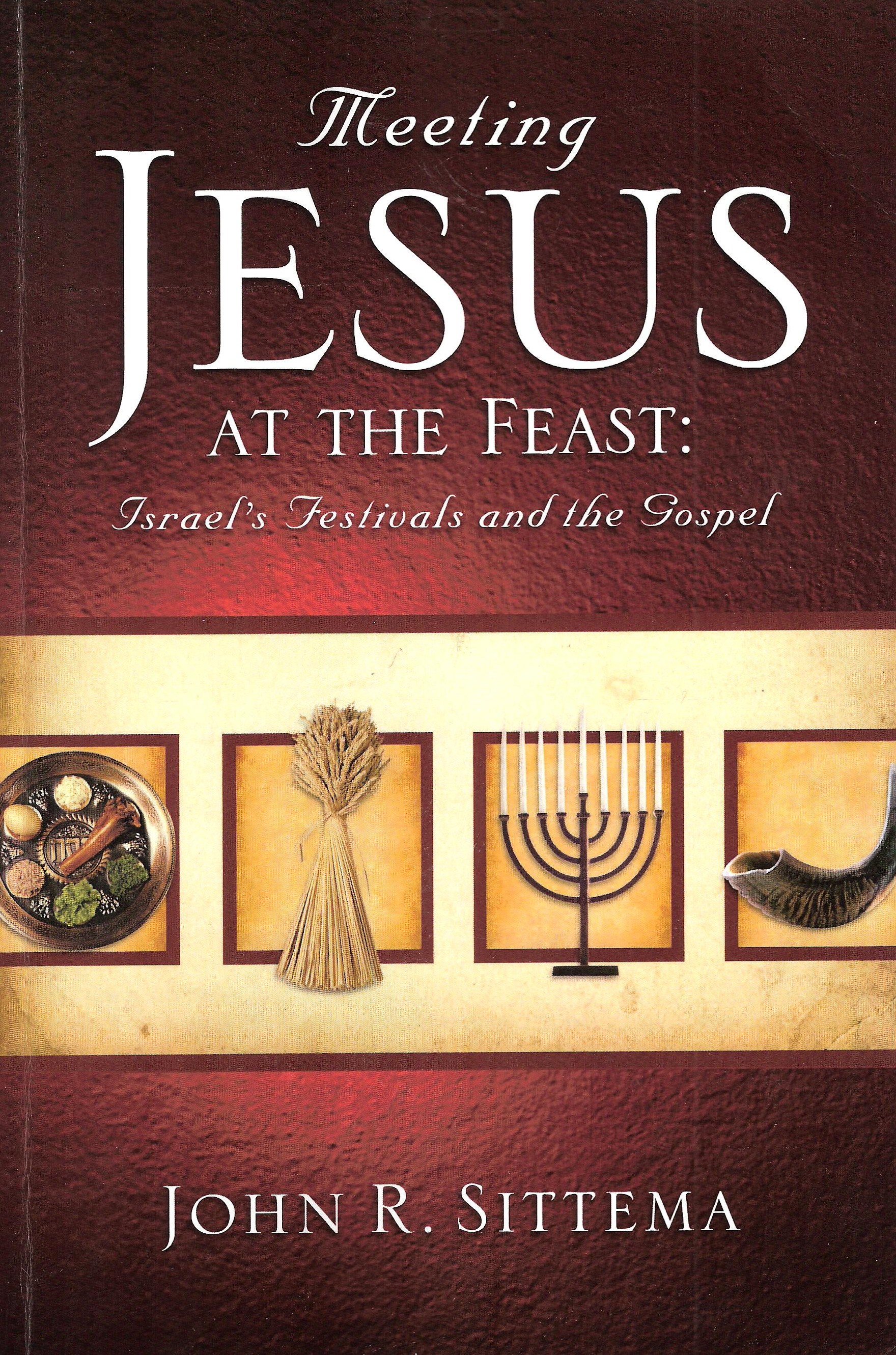Book Review: Meeting Jesus at the Feast


Meeting Jesus at the Feast: Israel’s Festivals and the Gospel, John R. Sittema, Grandville: Reformed Fellowship, Inc., 2010. Paperback, 159 pages, $12.00 USD.
John Sittema will be a familiar name to many readers because of his previous book, With a Shepherd’s Heart. That book was published in 1996 and remains in print. Numerous Reformed churches have used it as a training guide for office bearers. Meeting Jesus at the Feast deserves to be as popular.
In this volume, Sittema (now a PCA pastor) surveys all the Old Testament feasts and explains their connections to Christ and the gospel. Nine chapters explore the sabbaths, the Passover, Firstfruits, Pentecost, the Feast of Trumpets, the Day of Atonement, the Feast of Tabernacles, and the Year of Jubilee. Each feast is detailed not only with regard to what Scripture stipulated, but also how the feast developed in later Judaism up until the time of Christ. Sittema then illustrates how each of these feasts points to Christ. In short, this book is an extended explanation of article 25 of the Belgic Confession, showing how the truth and substance of these Old Testament feasts “remain for us in Jesus Christ, in whom they have been fulfilled.”
I loved this book and have no hesitation in recommending it. Here’s why: first, Sittema’s explanations of Scripture are faithful and Christ-centered. Second, his writing is clear and enjoyable to read. Third, the book contains many illustrations and anecdotes from Sittema’s life and pastoral ministry that help reinforce his message. One of the most compelling comes from his bout with leukemia in 1997. Sittema relates how he could smell death from his hospital bed. He concludes,
The lesson is straightforward: what is going on inside you is dangerous. Leukemia can kill you; but Jesus said that the cancerous leaven of the idolatrous human heart is even more deadly, and will kill you. I tell the story to make an additional point: the cure for leaven, whether cancer or sin, is radical. Chemo was not much fun, but at least its effects could be mitigated with good care and powerful medications. Eliminating the sin from your life by ‘gouging out your eye” and “cutting off your hand” is not a remedy for the faint of heart, and there are no palliative medicines to make it any easier. (60-61)
This is just one example of the way in which Sittema writes a book that not only features faithful biblical explanation, but also powerful pastoral application.
The only significant place where I put a question mark in this book is his treatment of Pentecost, specifically the New Testament event in Acts 2. Sittema seems to miss the fact that the various peoples in Jerusalem at that event were Jewish. They were from the Jewish diaspora; they were not Gentiles. Consequently, he also misses the point that the tongues functioned as a prophetic curse along the lines of Isaiah 28:11. When God started speaking in foreign languages, that was a sign of impending judgment as well as a sign of a miraculous pouring out of the Holy Spirit.
Notwithstanding that point, this book deserves a wide reading. It features helpful questions at the end of each chapter and so could be used by Bible study groups. It also includes penetrating questions in the body of each chapter, questions such as: “If God reached down and plucked your congregation out of the city, would anyone but its member notice that it was gone?” (106-107). John Sittema has a heart for preaching the gospel, for proclaiming Christ out of all the Scriptures, and this book amply reflects his passion.


